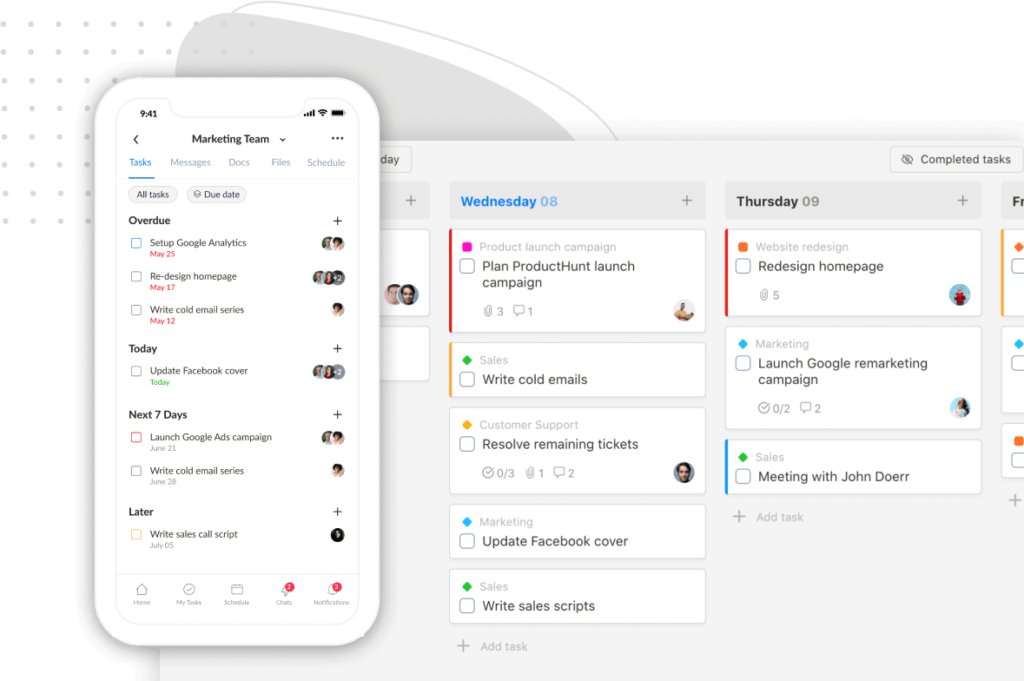Imagine this: Your planner is overflowing with colorful to-do lists, but by the end of the week, you still feel completely overwhelmed. Frustrating, right?
The truth is, the way you use a planner can make or break your productivity.
In this blog post, we’ll provide you with practical strategies and tips on how to use a planner effectively to finally conquer your to-do list and achieve your goals. Let’s begin!
I. How To Use A Planner Effectively
A. Getting Started
Choose the Right Planner
Ever started a jog only to realize you’re in flip-flops? Not ideal, right? The same goes for planning.
Before you dive in, you gotta find the perfect planner!
This planner should be the one you love to look at and feel comfortable to use.
If you don’t know where to start, consider the planner format first.
There are typically three categories: paper planners, digital planners, and planner applications.
- Paper planners are great if you like writing things down and flipping through pages.
- Digital planners work well for people who love using tech to stay organized.
- Planner apps are awesome for those who are always on their phones and like having their plans synced up everywhere.
Besides the format, here are other factors to consider:
- Design: Choose a planner that appeals to you, and you can easily tailor it to your needs and liking.
- Layout: Consider how you like to visualize your schedule and tasks. Do you prefer a daily, weekly, or monthly layout? Some planners offer a combination of layouts.
- Add-ons: Do you need a planner with a lot of extra features like journaling and note-taking? Or do you prefer a simpler layout with just enough space for appointments and to-dos?
- Size: If you go for a paper planner, consider this: Do you need a portable planner you can carry with you everywhere? Or, do you prefer a larger desk planner for more detailed planning?
- Compatibility: If you choose a digital planner app, consider if it’s compatible with all your devices.
Setting Up Your Planner
Once you have your planner, it’s time to set it up for success. Include these essential elements:
- Appointments: Transfer any upcoming appointments from your calendar, emails, or other sources into your planner.
- Deadlines: List all upcoming deadlines for work, school, or personal commitments.
- Tasks: Create a to-do list for each day or week, prioritizing tasks as needed.
- Goals: Write down your short-term and long-term goals and break them down into smaller, actionable steps.
B. Simple Techniques To Power Up Your Planning
By adopting some techniques, you can take your planning to the next level and truly boost your productivity.
Here are simple, beginner-friendly techniques you should try:
1. Goal Setting and Progress Tracking:
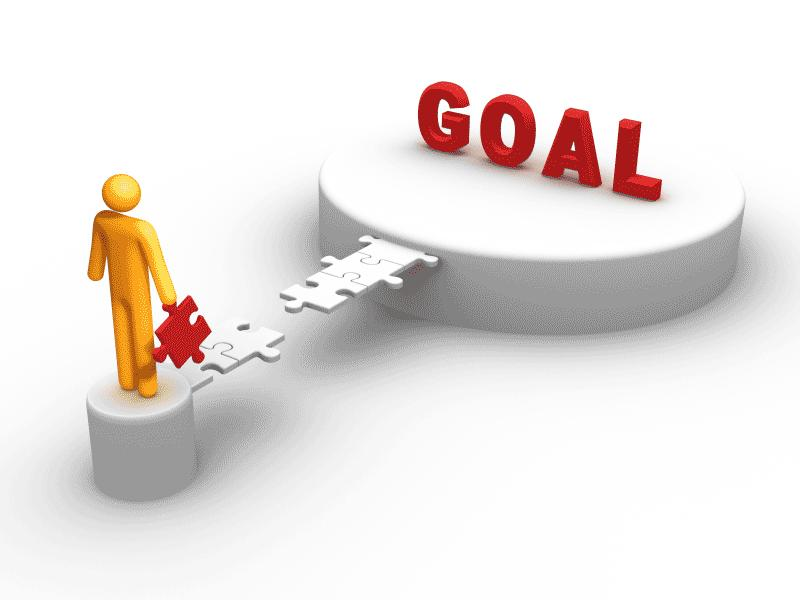
A planner is a powerful tool for setting and achieving your goals.
Break down your long-term goals into smaller, more manageable steps and track your progress towards them in your planner. This will help you stay motivated and on track.
2. Prioritizing Tasks:
Not every task carries the same weight! Some tasks are urgent and require immediate attention, while others are less critical and can be scheduled for later.
Prioritizing tasks helps you focus better on what’s most important and ensure you don’t waste time on less essential activities.
There are several prioritization methods you can use. A popular one is the Eisenhower Matrix, which categorizes tasks based on urgency and importance.
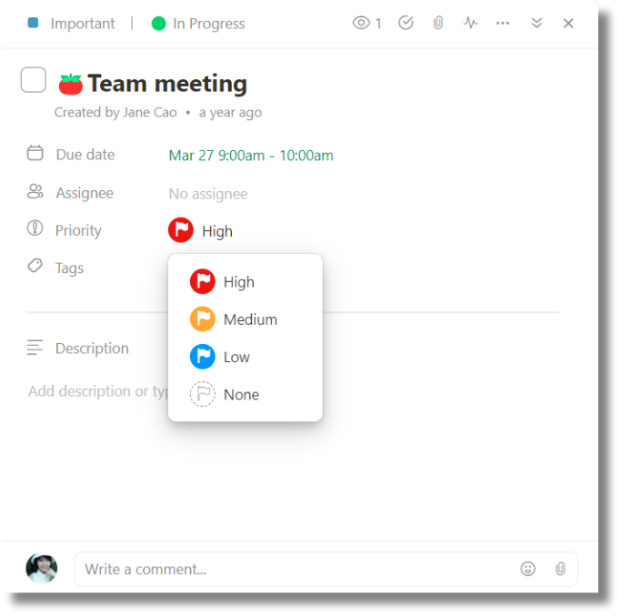
3. Time Blocking:
If you often feel like there just aren’t enough hours in the day, this technique is for you. It can be your game-changer.
Time blocking involves allocating specific blocks of time in your planner for specific tasks.
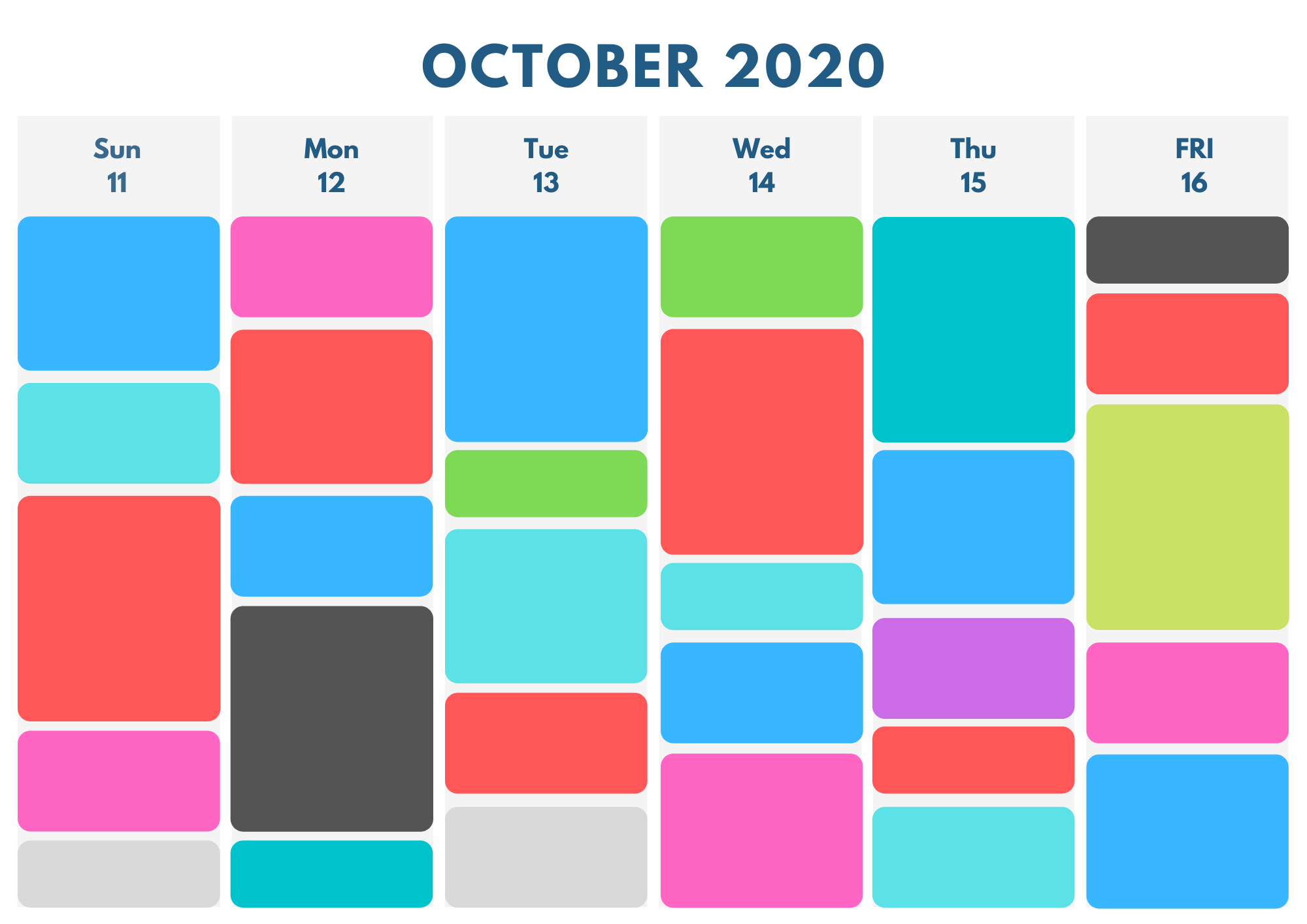
This helps you stay focused and avoid getting sidetracked throughout the day.
3. Brain Dumping:
Sometimes our brains feel cluttered with ideas, to-dos, and worries.
Brain dumping involves getting everything out of your head and onto paper (or your digital planner) in a free-flowing way. This can help you clear mental clutter and capture fleeting ideas before they disappear.
C. Stay Consistent and Avoid Planner Neglect
The key to reaping the benefits of a planner is consistent use.
Aside from having a planner that you love to stick with, here are some tips to maintain consistency:
1. Develop a Planning Routine:
Treat your planner like any other important tool in your day.
Schedule dedicated time in your planner, perhaps at the beginning or end of each day, to set goals and plan out your tasks and events.
The more you use your planner, the more natural it will become.
If you’re a forgetful person, set reminders on your phone or make use of the reminder features on your planner app.
2. Review Regularly:
Don’t just write things down and forget about them! Schedule regular times to review your planner, both daily and weekly.
This allows you to adjust priorities as needed, ensure deadlines aren’t missed, and track your progress toward your goals.
2. Reward Yourself:
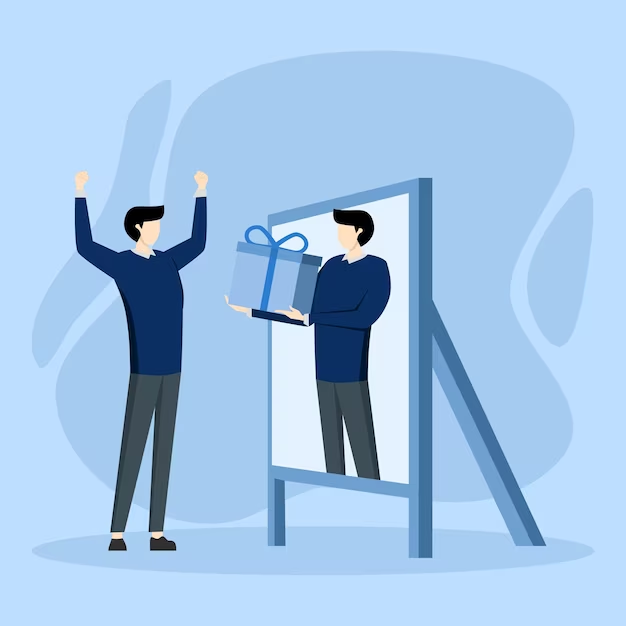
Celebrate your planning successes!
After finishing a task or reaching a goal, treat yourself to something you love. This boosts motivation and encourages continued planner use.
4. Don’t Be Afraid to Adapt:
There’s no one-size-fits-all approach to planning. Experiment with different techniques and find what works best for you.
Don’t be afraid to adapt your planning system as your needs and goals change.
II. Level Up Your Planning with Upbase
We’ve covered some essential techniques to supercharge your planning, but what if you want to take it a step further?
Upbase, the versatile tool we mentioned earlier, offers a variety of features specifically designed to boost your planning efficiency and effectiveness.
Here’s how Upbase can help you level up your planning game:
1. Schedule Page
Think of it as your dedicated space for planning tasks by day, week, and month. It offers four views catering to different planning needs:
- Monthly Calendar – gives you a big picture of your monthly schedule.
- Weekly Calendar – helps you manage your weekly schedule.
- Weekly Planner – allows you to manage weekly meetings and plan tasks for upcoming weeks.
- Daily Planner – for planning, scheduling, and managing daily tasks.
At any view, you can create to-do lists, prioritize them, add due dates, and even pull in events from your Google Calendar.
2. Daily Planner
Upbase’s Daily Planner is a favorite among users.
Not only does it let you drag and drop tasks onto the calendar for time blocking, but it also provides dedicated tools to improve your time management skills.
Features like a Pomodoro timer with ambient sounds to boost focus, a Notepad for quick notes, and Daily Notes for reflecting on your workday.
3. Lists
Upbase is also an effective tool for complex planning needs. Lists allow you to categorize tasks and manage different aspects of your life.
Take an example. College students often juggle between homework assignments, school exams, extracurricular events, and even part-time jobs, right?
They can create three separate lists: one for important dates such as school breaks, exams, and extracurricular activities; another for managing upcoming assignments; and the last one for personal tasks.
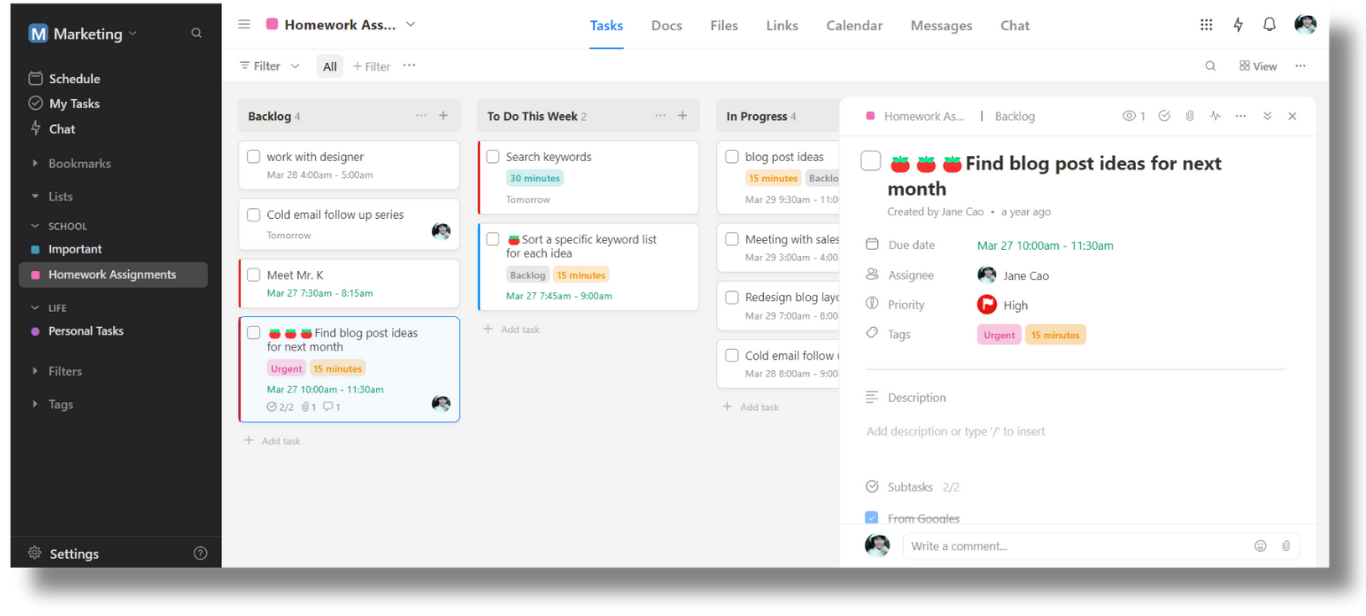
Upbase Tip: Assign a distinct color and icon for each list, so tasks within that list are displayed on the Schedule in the corresponding color code, making planning fun.
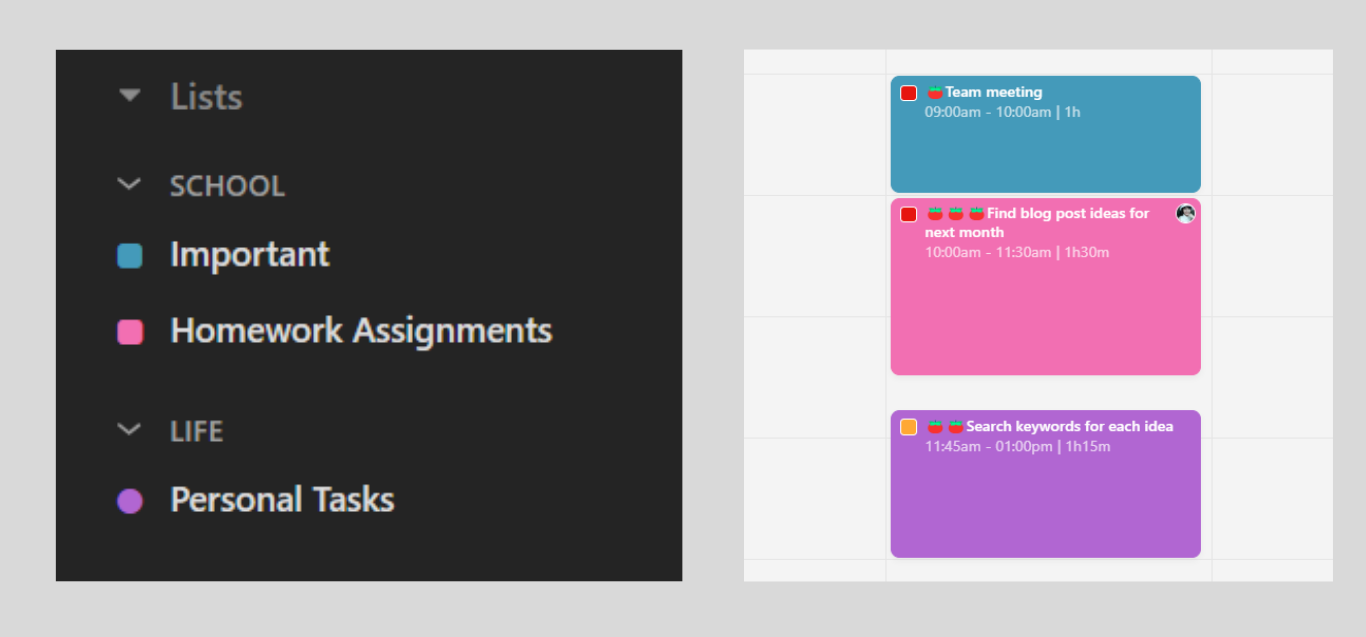
Advanced features that planning pros will love in Upbase include:
- Reminders and notifications to ensure you never miss a thing.
- Recurring tasks to save time and stay on top of routine activities.
- Collaboration tools like task assignments, mentions, comments, and chat functionality.
- Docs, Files, and Links modules to manage project-related information.
*Planner Ideas For Beginners With Upbase:
If you’re a beginner, don’t feel pressured to create elaborate layouts or plan your entire year at once.
Start by planning for a day or a week, and then gradually increase as you get more comfortable. Here are a few ideas to help you get started:
- Go to Daily Planner. Use Notepad to jot down everything swirling in your head (tasks, errands, appointments, goals, anything).
- Break down goals and large tasks into smaller steps.
- Estimate time for each task, which ideally should take 15-60 minutes to complete.
- Create the day’s to-do list. Add priorities and other attributes to tasks.
- Drag and drop tasks within the calendar and adjust their duration.
- Set reminders for routine tasks (like daily exercise or meditation)
- Use Daily Notes for keeping track of your planner, task estimates, and performance, setting a foundation to improve your planning and time management skills.
Upbase offers a free plan with unlimited tasks and users, so you can give it a test drive before making a decision.
Ready to finally conquer your to-do list? Sign up and try Upbase today!
FAQs
1. How do you use a planner for beginners?
Here’s how to get started with a planner:
- Pick a planner you like!
- Write down your meetings, events, and appointments.
- Create to-do lists and prioritize the most important tasks using color coding.
- Set aside time weekly to visit and review your plans.
A few tips: Keep your planner somewhere you’ll see it often to help you use it regularly. Decorate your planner to make it fun and motivating!
2. How is a planner used?
A planner is a tool to organize your schedule and tasks. You can use it to write down appointments, deadlines, to-do lists, and goals.
It helps you stay organized and on top of your commitments, and manage your time effectively.
3. What is the best way to use a daily planner?
The best way to use a daily planner is to centralize all your to-dos and appointments in one place, prioritize important tasks and appointments, add time blocks to them, and review the planner regularly.
Related Articles:
